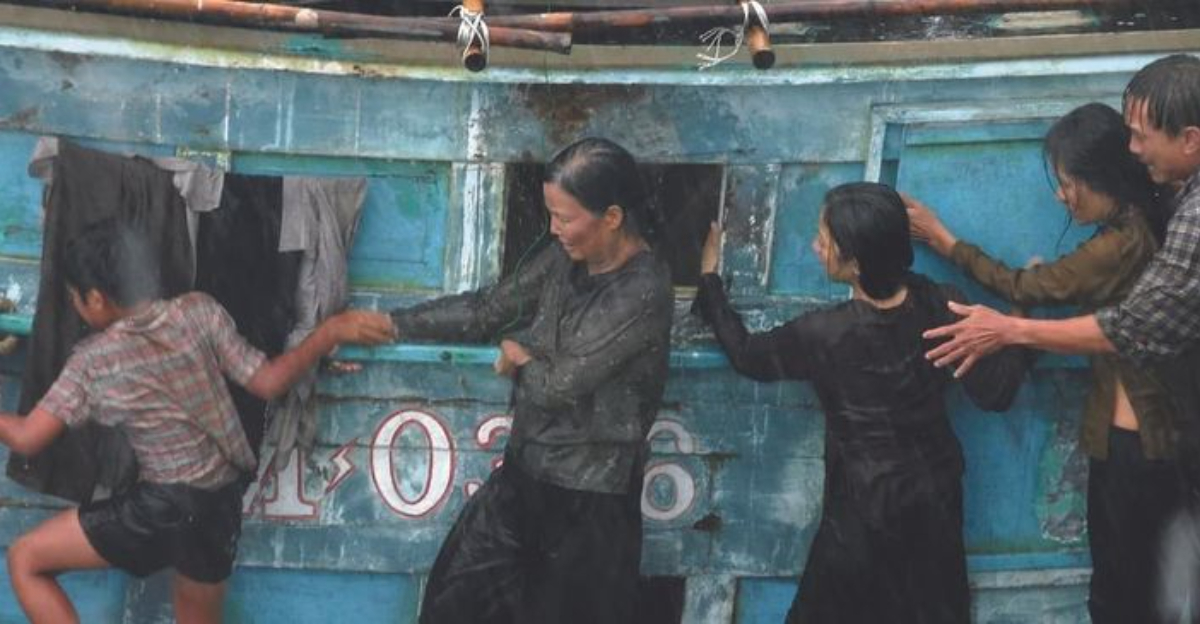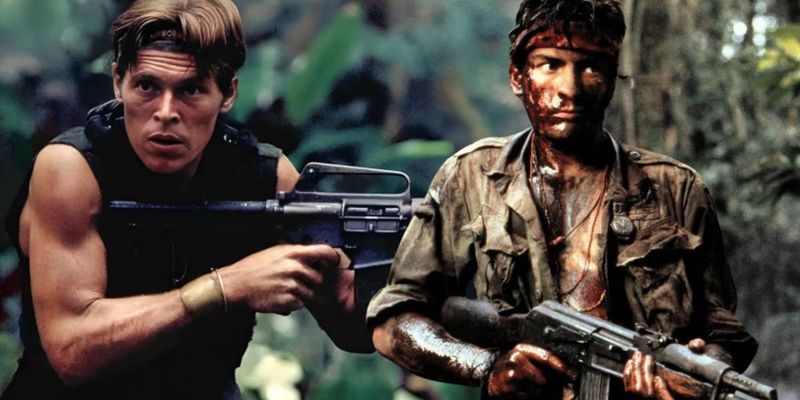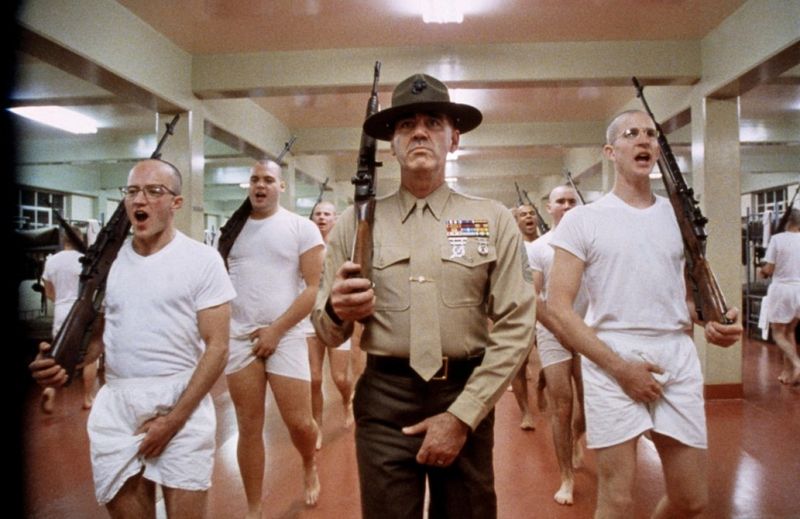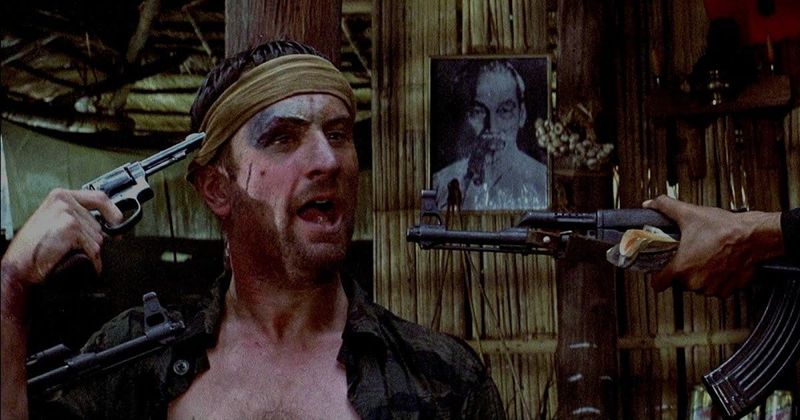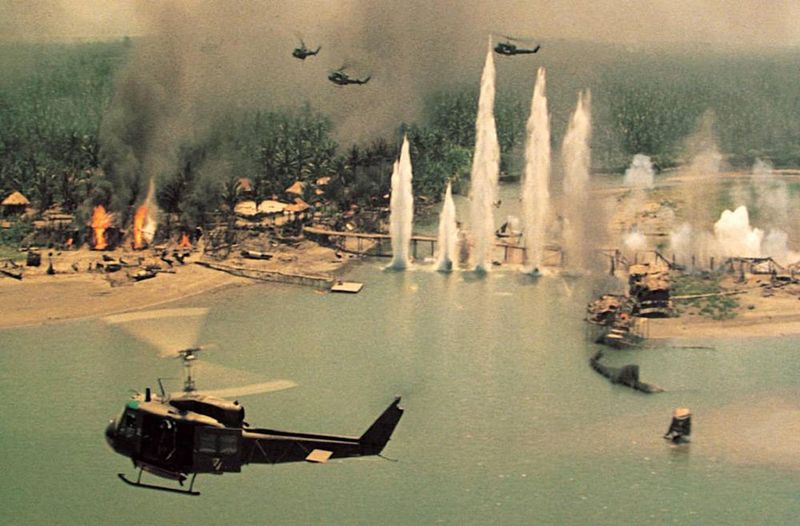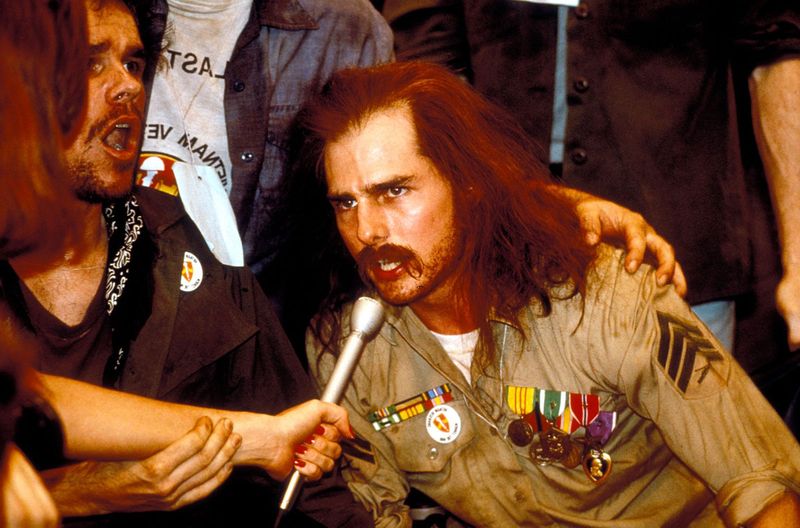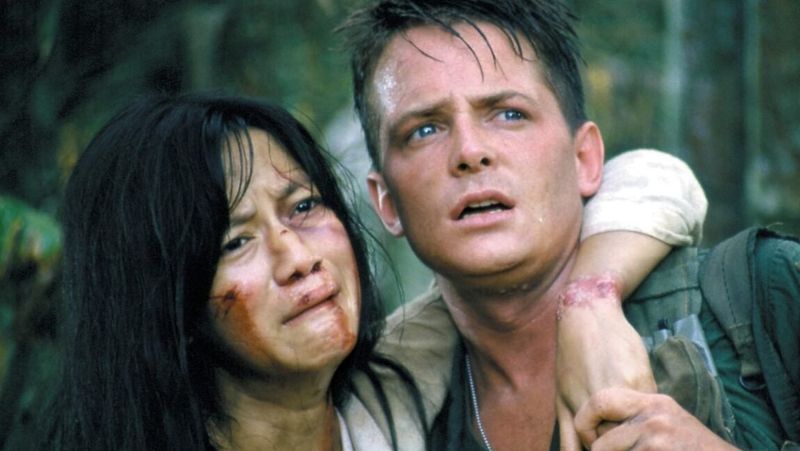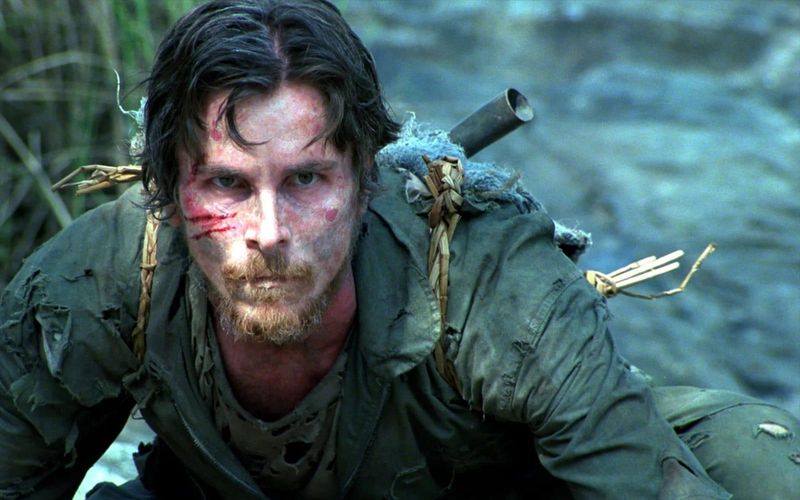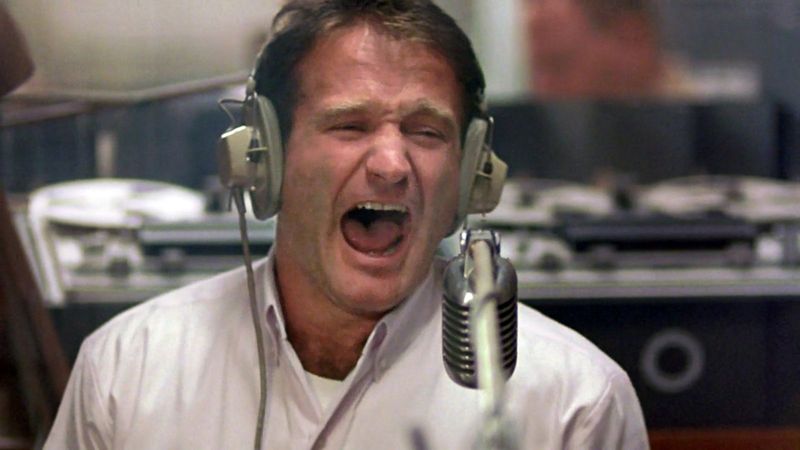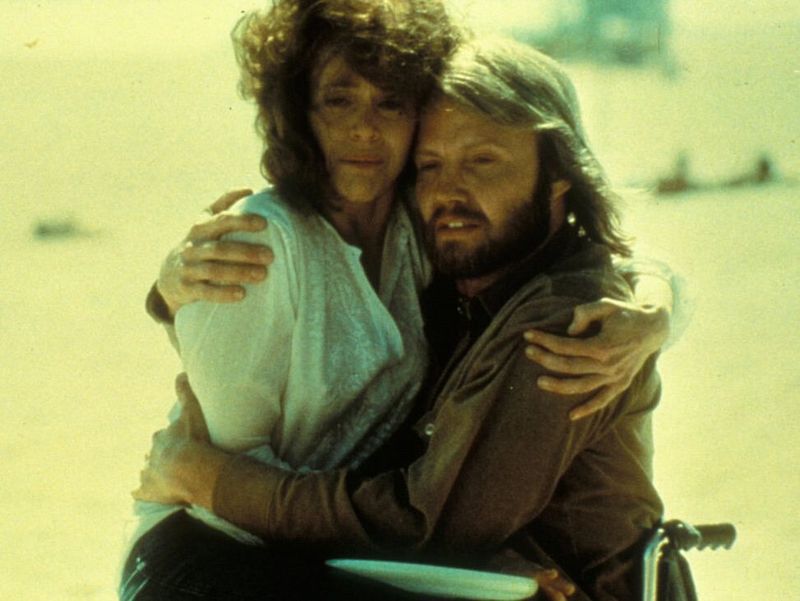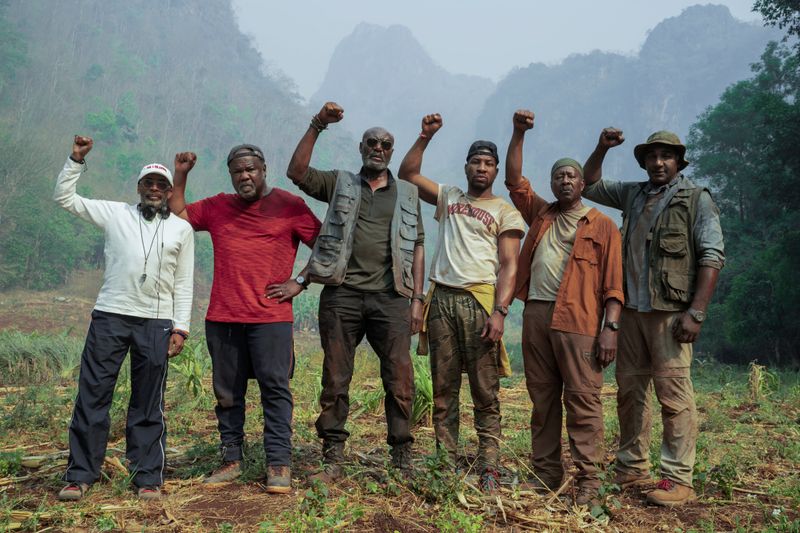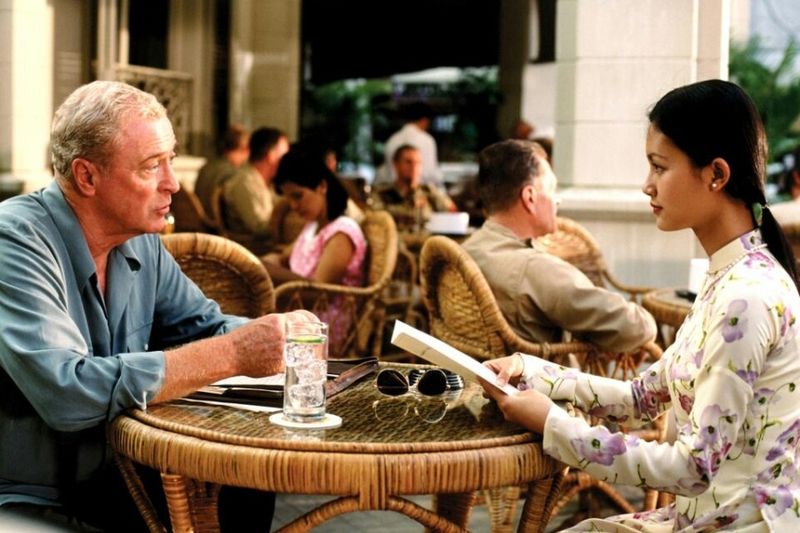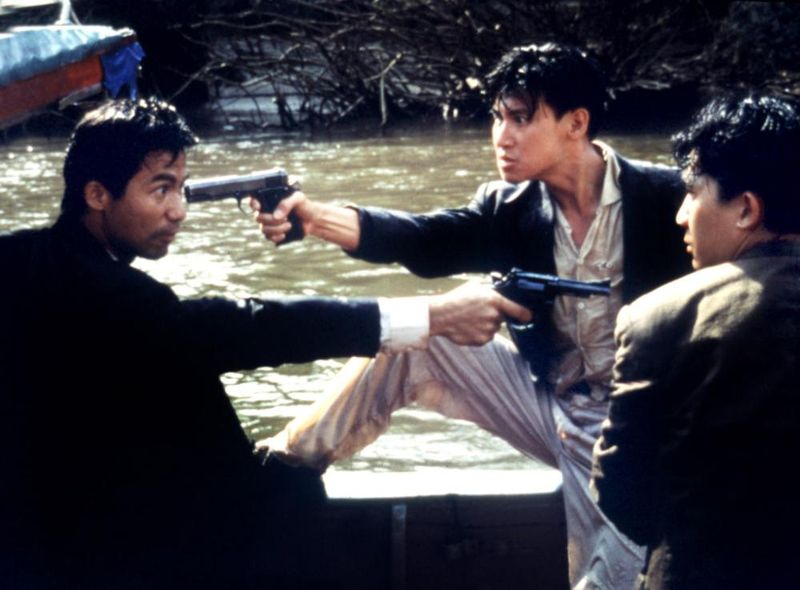The Vietnam War remains one of America’s most controversial military conflicts, and filmmakers have struggled to capture its brutal realities.
These movies stand out for their authentic portrayal of jungle warfare, psychological trauma, and the war’s impact on soldiers and civilians alike.
From gritty combat sequences to honest depictions of post-war struggles, these films offer viewers a window into a complex chapter of history that continues to resonate today.
1. Platoon (1986)
Oliver Stone’s masterpiece draws from his own experiences as a Vietnam infantryman. The film follows a young soldier torn between two sergeants representing different moral approaches to war. What makes Platoon exceptional is its unflinching portrayal of American atrocities alongside heroism. The chaotic firefights, the constant fear of booby traps, and the psychological breakdown of soldiers feel disturbingly authentic. Veterans often cite this film as the closest to their own experiences, capturing both the physical conditions and moral ambiguity of the conflict. Stone’s personal connection to the material gives the film a raw truthfulness that remains unmatched.
2. Full Metal Jacket (1987)
Stanley Kubrick’s war epic divides perfectly into two distinct halves – brutal boot camp training and chaotic urban warfare. The transformation from civilian to killing machine is methodically documented with Kubrick’s characteristic precision. R. Lee Ermey’s drill instructor remains legendary for good reason. His performance wasn’t just acting – as a former Marine drill instructor, he brought terrifying authenticity to the role. The film’s second half presents the psychological disintegration that occurs in combat with haunting accuracy. The sniper sequence in Hue City stands as one of cinema’s most realistic portrayals of urban warfare during the conflict.
3. The Deer Hunter (1978)
Michael Cimino’s epic focuses on how war transforms ordinary people from a small Pennsylvania steel town. The Russian roulette scenes, while historically disputed, serve as powerful metaphors for the random brutality of war. The film excels by devoting substantial time to showing life before and after Vietnam. This approach helps viewers understand the profound psychological damage inflicted on returning veterans. Robert De Niro and Christopher Walken deliver devastating performances as friends forever changed by their experiences. The wedding scenes, combat sequences, and homecoming struggles combine to create a profound meditation on how war destroys the human spirit.
4. Apocalypse Now (1979)
Francis Ford Coppola’s hallucinatory journey upriver captures the surreal madness of Vietnam better than any other film. Based loosely on Conrad’s “Heart of Darkness,” it follows Captain Willard’s mission to terminate the rogue Colonel Kurtz. The famous helicopter attack set to Wagner’s “Ride of the Valkyries” demonstrates the terrifying technological superiority of American forces against outmatched villages. The film’s production was famously troubled, with typhoons, heart attacks, and budget overruns mirroring the chaos of the war itself. Martin Sheen’s haunted narration perfectly conveys the psychological disintegration that characterized the conflict. The further upriver the mission goes, the more conventional warfare dissolves into moral darkness.
5. Born on the Fourth of July (1989)
Tom Cruise delivers his most powerful performance as Ron Kovic, a real-life Marine who returned from Vietnam paralyzed and became an anti-war activist. Oliver Stone’s second Vietnam film focuses on the devastating aftermath rather than combat itself. The hospital scenes showing neglected veterans in deplorable conditions revealed an uncomfortable truth about how America treated its wounded warriors. Kovic’s journey from patriotic small-town athlete to disillusioned activist reflects the nation’s own painful evolution regarding the war. Stone doesn’t shy away from showing Kovic’s psychological wounds alongside his physical ones. The film powerfully demonstrates how the true cost of war continues long after the fighting ends.
6. We Were Soldiers (2002)
Based on Lt. Colonel Hal Moore’s firsthand account, this film depicts the first major battle between American and North Vietnamese forces in the Ia Drang Valley. Director Randall Wallace focuses on both sides of the conflict and the families waiting at home. Mel Gibson’s portrayal of Moore shows authentic military leadership – a commander who trains thoroughly, cares deeply for his men, and leads from the front. The film doesn’t glorify violence but instead shows the tactical realities and terrible human cost of modern warfare. Unlike many Vietnam films, it portrays soldiers with respect while still acknowledging the war’s complexities. The attention to military detail, from radio protocols to unit formations, gives the combat sequences rare authenticity.
7. Casualties of War (1989)
Brian De Palma’s unflinching examination of a war crime follows a squad that kidnaps, rapes, and murders a Vietnamese civilian. Based on a true incident, the film shows how combat pressure can lead to moral collapse. Michael J. Fox plays the soldier who refuses to participate, highlighting the difficult ethical choices faced in war zones. The film doesn’t excuse the atrocity but examines how ordinary men can commit extraordinary evil when removed from normal social constraints. Sean Penn delivers a chilling performance as the squad leader who embodies the dehumanization process. The film stands apart for focusing on a specific moral failure rather than broader combat experiences, forcing viewers to confront uncomfortable truths about wartime behavior.
8. Rescue Dawn (2006)
Werner Herzog’s gripping survival tale tells the true story of Dieter Dengler, a German-American pilot shot down over Laos. Christian Bale underwent dramatic weight loss to portray Dengler’s starvation in the POW camp with haunting realism. The film excels in depicting the overlooked Laotian theater of the war and the hellish conditions of jungle prison camps. Herzog avoids Hollywood clichés in favor of documenting the practical challenges of survival and escape through hostile territory. The relationships between prisoners of different nationalities adds complexity to the standard POW narrative. The film’s unflinching portrayal of the physical deterioration and psychological strain of captivity ranks among the most accurate depictions of prisoner experiences in Southeast Asia.
9. Good Morning, Vietnam (1987)
Robin Williams shines as real-life Armed Forces Radio DJ Adrian Cronauer, who brought irreverent humor to troops in Saigon. Beyond the comedy, the film explores the complex relationships between Americans and Vietnamese civilians during the conflict. Director Barry Levinson skillfully balances Williams’ manic energy with sobering moments showing the war’s impact on ordinary Vietnamese. Cronauer’s growing friendship with locals exposes him to perspectives outside the military bubble. The film captures the bizarre contrast between Saigon’s relative safety and the jungle warfare happening just miles away. The radio broadcasts themselves are historically accurate representations of how humor served as a coping mechanism for deployed troops facing the war’s daily stresses.
10. Coming Home (1978)
Jane Fonda and Jon Voight star in this powerful examination of how the war transformed relationships on the home front. The film broke new ground by focusing on the struggles of returning veterans with physical and psychological injuries. Voight’s portrayal of a paraplegic veteran learning to rebuild his life offered unprecedented visibility to disabled veterans’ experiences. The love triangle with Fonda’s character and her Marine husband (Bruce Dern) symbolizes America’s divided feelings about the war. The film captures the authentic atmosphere of VA hospitals in the 1970s and the activism of Vietnam Veterans Against the War. Director Hal Ashby’s documentary-like approach to showing rehabilitation challenges gives the film a raw emotional honesty rarely seen in earlier war movies.
11. Da 5 Bloods (2020)
Spike Lee’s recent contribution to Vietnam cinema follows four Black veterans returning to Vietnam decades later to recover hidden gold and their squad leader’s remains. The film uniquely highlights the disproportionate burden Black soldiers bore during the conflict. Lee makes the bold choice to have the same actors play their younger selves in flashbacks, emphasizing how the past remains present for veterans. Delroy Lindo delivers a tour-de-force performance as a PTSD-afflicted veteran whose Trump support and paranoia illustrate the complex politics of Black veterans. The film incorporates documentary footage and historical context about Black soldiers’ experiences. This approach grounds the treasure hunt narrative in the real history of racial inequality both in Vietnam and upon veterans’ return home.
12. The Quiet American (2002)
Based on Graham Greene’s prophetic 1955 novel, this film examines the early American involvement in Vietnam before full military escalation. Michael Caine delivers a masterful performance as a British journalist witnessing the beginning stages of American intervention. Set in 1952 Saigon, the film captures the colonial atmosphere and competing interests that would eventually explode into full-scale war. Director Phillip Noyce creates an authentic period feel while exploring the dangerous naivety of early American foreign policy. The film shows how CIA operations under humanitarian cover helped lay groundwork for later conflict. The romantic triangle at the story’s center serves as an effective metaphor for the competing powers vying for control of Vietnam’s future.
13. Bullet in the Head (1990)
Hong Kong director John Woo’s brutal masterpiece follows three friends who flee to Vietnam during the war to make money on the black market. The film offers a rare non-American perspective on the conflict, showing how the war affected neighboring countries. The infamous Russian roulette scene rivals The Deer Hunter in intensity but emerges organically from the story. Woo’s signature balletic action sequences are tempered by unflinching depictions of wartime atrocities committed by all sides. The film examines how war corrupts everyone it touches, regardless of nationality or initial intentions. By focusing on civilians drawn into the conflict rather than soldiers, Woo creates a unique entry in the Vietnam film canon that broadens our understanding of the war’s regional impact.
14. Journey from the Fall (2006)
This groundbreaking film tells the rarely depicted story of Vietnamese refugees following the fall of Saigon. The narrative follows a family separated when the father is sent to a communist re-education camp while his family escapes by boat. Director Ham Tran vividly portrays the harrowing experience of the “boat people” who faced pirates, starvation, and drowning while fleeing. The re-education camp scenes show the brutal reprisals against South Vietnamese who had allied with American forces. The film fills a crucial gap in Vietnam War cinema by focusing on the war’s aftermath for the Vietnamese people themselves. By centering Vietnamese experiences rather than American ones, it provides essential context for understanding the full human cost of the conflict beyond American casualties.
15. Cease Fire (1985)
This overlooked film stars Don Johnson as a Vietnam veteran suffering from severe PTSD while trying to reintegrate into civilian life. What makes the film uniquely authentic is that it was made by actual Vietnam veterans and features real vets playing supporting roles. The film pioneered the realistic portrayal of PTSD symptoms before the condition was widely understood by the public. Johnson’s character experiences flashbacks, night terrors, and emotional numbness that accurately reflect the experiences of many returning veterans. Rather than focusing on combat scenes, the film examines the invisible wounds of war that continue long after physical dangers end. The group therapy scenes provide some of cinema’s most authentic depictions of veterans working through shared trauma.
